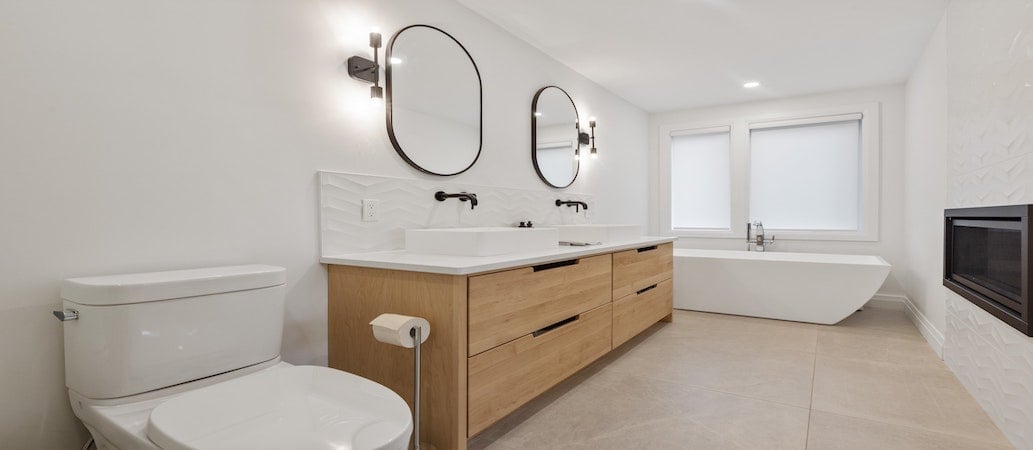How to Remove Silicone Sealant

Whilst installing bathroom wall panels or fitting a new bathroom, you may find you need to remove old silicone sealant. To make sure you don’t damage your wall panels or bathroom furniture, we’ve asked our dedicated team of experts to test the best way of doing it.
One thing they all agree on is take your time! Whilst our team hasn’t tested all available products, using a specialist silicone removing product does not appear to damage the surface of a wall panel – but what will, is over-zealous scraping! Below you will find a few more hints and tips on how to remove silicone successfully.
Removing Old Sealant
Where possible remove as much of the old silicone by carefully cutting or scraping with appropriate tools. Take your time! If the panels run behind a fixture, such as a sink, cutting may not be possible as any blade is liable to cut into the PVC panel, so bear this in mind before you start.
Silicone Removal Kit
Specialist removal products and tools are readily available online and in hardware shops. We would always recommend trialling the product in a less visible area first, just to ensure there are no adverse reactions.
PVC scrapers, designed to get into the right angle between the wall panel and second surface, are less likely to scratch the panel. However, do remember that if they become damaged, they could scratch the panel surface, so beware of this before starting to remove any silicone and flatten or replace the tool if damage has occurred.
How to Use
Always follow the instructions on the product – do an initial trial, use sparingly, use in a well- ventilated area and use the appropriate PPE, for example disposable gloves and eye protection. The way you apply the remover will depend on the product, for example some are applied with a brush and others via an aerosol spray. If your product is a spray, beware of over-spray and always wipe clean with a damp cloth if in doubt. The most important thing to remember is patience! Apply, scrape, re-apply, scrape, and repeat until clear.
Removing the Residue
Debris and scrapings can be brushed or wiped away with a damp soft cloth. Methylated spirits can also be used as it acts as a solvent, breaking down the last of the silicone making it less sticky and easier to clean.
Applying New Sealant
Before you start, ensure all surfaces are clean and dry. If you use a warm soapy solution to clean your surface do be aware that any residue of soap left behind may impede the adhesion of the new silicone to the surface, so it’s important to ensure it is completely clean and dry. As an alternative, you can use a spirit-based cleaner, as this air dries leaving no residue so will not affect adhesion.
If taping any area to be re-sealed, only apply tape to the sink, bath, and shower. DO NOT apply tape to wall panels. Now you can neatly apply a new bead of silicone to all junctions. Don’t make this bead too big as it will risk leaving marks when refining the size of the bead. Finish to size with either a tool or finger – if required, spray a soapy solution to help reduce the risk of silicone sticking as you re-size the bead.
Step by Step
Just to clarify the above, here is a brief step-by-step guide on how to remove old silicone:
-
Carefully remove as much old silicone as possible
-
Apply silicone cleaner to less visual area as a trial. If OK apply to residual areas and leave to soak.
-
Scrape remaining silicone, with appropriate tool, taking care not to scratch panels, acrylic or porcelain surfaces.
-
Clean down all areas with damp soft cloth or brush.
-
Apply new bead of silicone and re-size/clean.
We hope this blog has given you a good idea of how to start removing your old silicone. However, if you have any questions or need further guidance, call our expert team today on 0800 22 77 77.